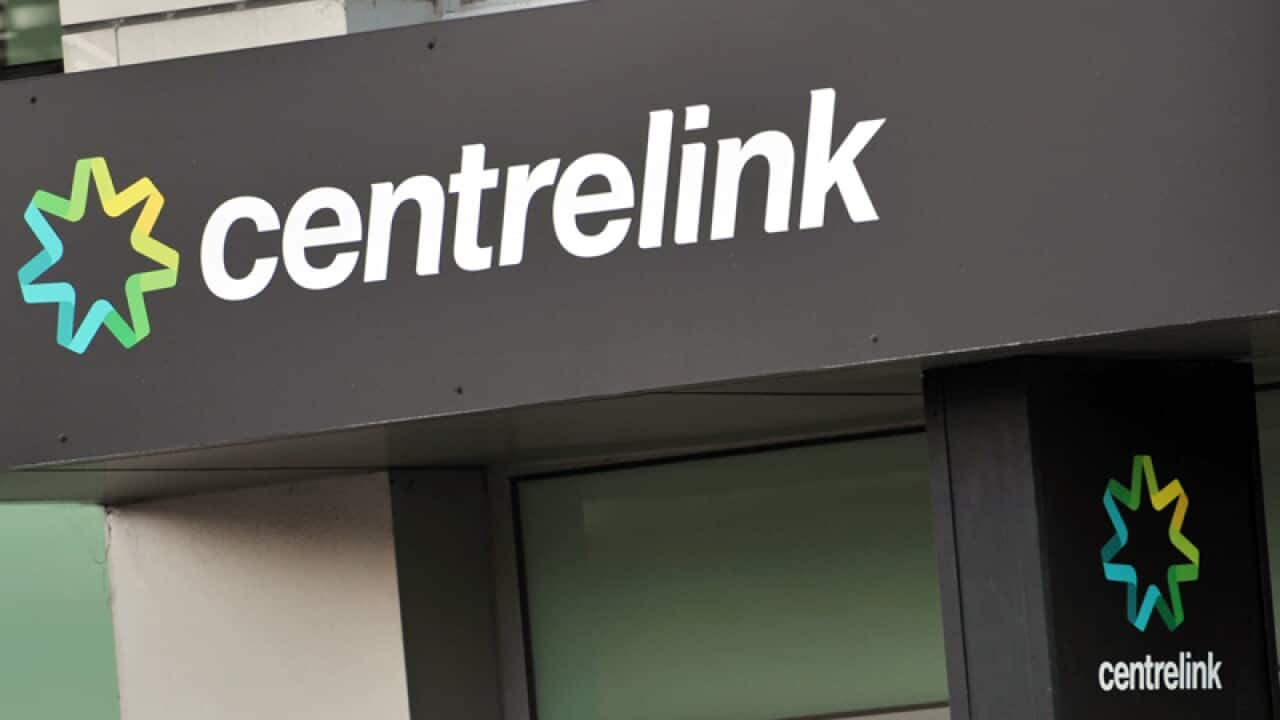The department that manages Centrelink doesn't know why customers are hanging up on the agency after being put on hold for nine minutes.
But it thinks it might be because callers get the information they need from pre-recorded messages.
"It's not clear to us when a customer abandons a call whether or not they're having to do something else with their time, or whether they've met their information needs," Department of Human Services secretary Kathryn Campbell told a Senate estimates hearing in Canberra on Wednesday.
Centrelink has come under pressure after an audit report found customer satisfaction with its telephone services was falling.
Nearly a third of calls were abandoned by callers who have gave up after waiting an average of nine minutes, the report found.
More than 13 million calls to the hotline were blocked, with customers unable to even enter the queue to wait, instead hearing an engaged tone.
The department defended the practice of call blocking as the simplest and easiest way to effectively "game the system" to deliver a result and get a better average speed of answer.
However, it was trying to wean itself out of the practice, reducing call blocking by 66 per cent in recent times.
Centrelink wasn't the only service which adopted call blocking, and the practice occurred in many other call centres.
"It's (akin) to how you deal with a hotel or a club that's only licensed to take in 500 people, when you only let 20 people in when 20 come out," department official Grant Tidswell said.
Among the millions whose calls were blocked could be some hitting the redial button continuously, Mr Tidswell explained.
"We now advertise a wait time, which leads me to some difficulties with some complaints, but people can then make a choice."
Centrelink receives 59 million calls a year, compared to the Australian Tax Office which gets 10 million.









